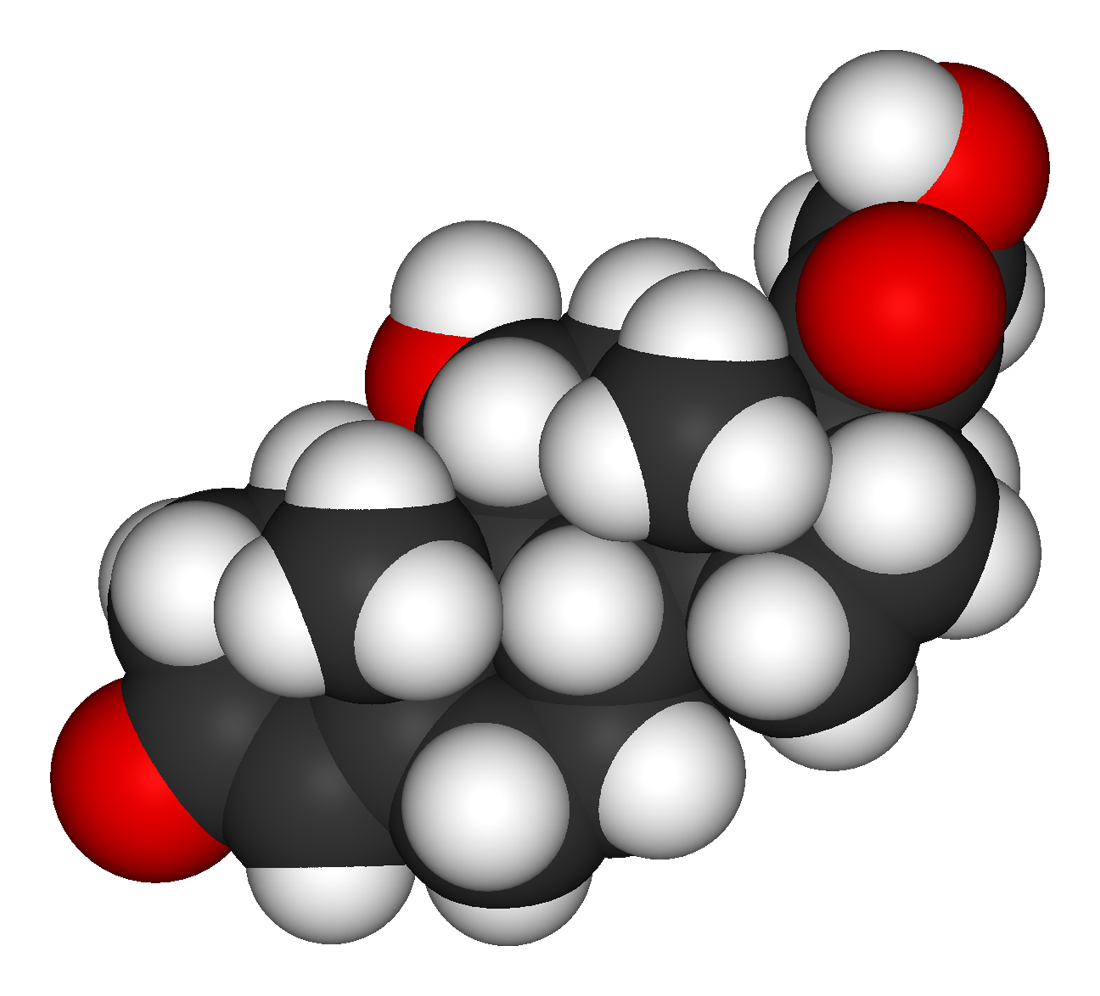| name | Fluocinolone Acetonide Cream/Ointment |
| classification | Topical Corticosteroid |
| pharmacokinetics | Fluocinolone acetonide is a potent topical corticosteroid that is primarily absorbed through the skin. The extent of systemic absorption depends on the concentration, site of application, duration of treatment, and the integrity of the skin barrier. Minimal systemic effects are generally observed with appropriate use. |
| suggested dosage | | adult | Apply a thin film of cream or ointment to the affected area once or twice daily. The amount to be applied is determined by the size and severity of the affected area. | | patient specific | | age 25 weight 70kg | Following the general adult guidelines above. Individualized dosing based on specific condition and response will be determined by a medical professional. |
|
|
| indications | Fluocinolone acetonide is used to treat various inflammatory skin conditions such as: atopic dermatitis, contact dermatitis, seborrheic dermatitis, and other inflammatory dermatoses. It reduces inflammation and itching associated with these conditions. |
| safety in pregnancy | Fluocinolone acetonide should be used during pregnancy only if the potential benefit justifies the potential risk to the fetus. Limited data regarding its safety exists. Use only under direct medical supervision. |
| safety in breastfeeding | Limited data exists. Consult a healthcare professional before use during breastfeeding. Potential for minimal systemic absorption; however, the risk may not be negligible. Use with caution. |
| side effects | | 1 | Local skin reactions: skin irritation, burning, dryness, stinging, or itching at the application site. | | 2 | Systemic effects (with prolonged, high-dose, or extensive use, especially on large areas of skin): thinning of the skin, striae (stretch marks), telangiectasia (dilated blood vessels), atrophy, increased susceptibility to skin infections, hypertrichosis (excessive hair growth). | | 3 | Infections: The use of the cream may increase the risk of local fungal or bacterial skin infections. |
|
| alternatives | |
| contraindications | | 1 | Known hypersensitivity to fluocinolone acetonide or any component of the preparation. | | 2 | Active skin infections (such as fungal, bacterial, viral). | | 3 | Use on the face in children or adolescents. |
|
| interactions | Limited interaction data exists in a 25-year-old male weighing 70kg. Use with caution in combination with other topical medications; consult a physician. |
| warnings and precautions | | 1 | Avoid prolonged use, especially on large areas of skin. Follow the recommended dosage and duration of treatment. | | 2 | Do not use on damaged or broken skin. | | 3 | Use caution when applying around eyes, mucous membranes, or sensitive areas. If irritation develops in these areas, discontinue use and consult a physician. | | 4 | Discontinue use and consult a physician if skin condition worsens or symptoms persist. | | 5 | Inform your physician of other medications or supplements you are taking to ensure there are no drug interactions. |
|
| additional informations | | 1 | This information is for general knowledge and educational purposes only and does not constitute medical advice. Always consult with a qualified healthcare professional for personalized medical recommendations. | | 2 | Proper hygiene and skincare practices should be followed. | | 3 | Avoid contact with eyes. If contact occurs, rinse with plenty of water. |
|
| patient age | 25 |
| patient weight | 70kg |

